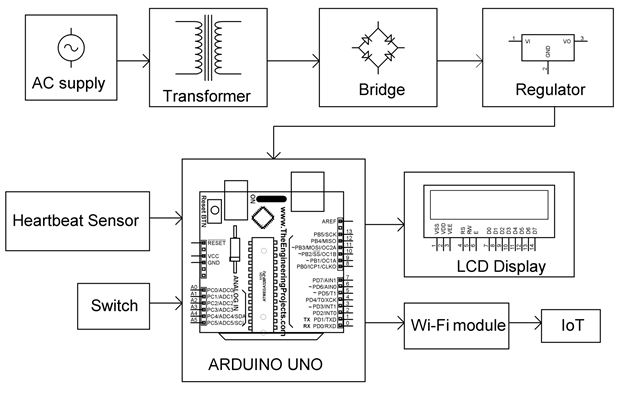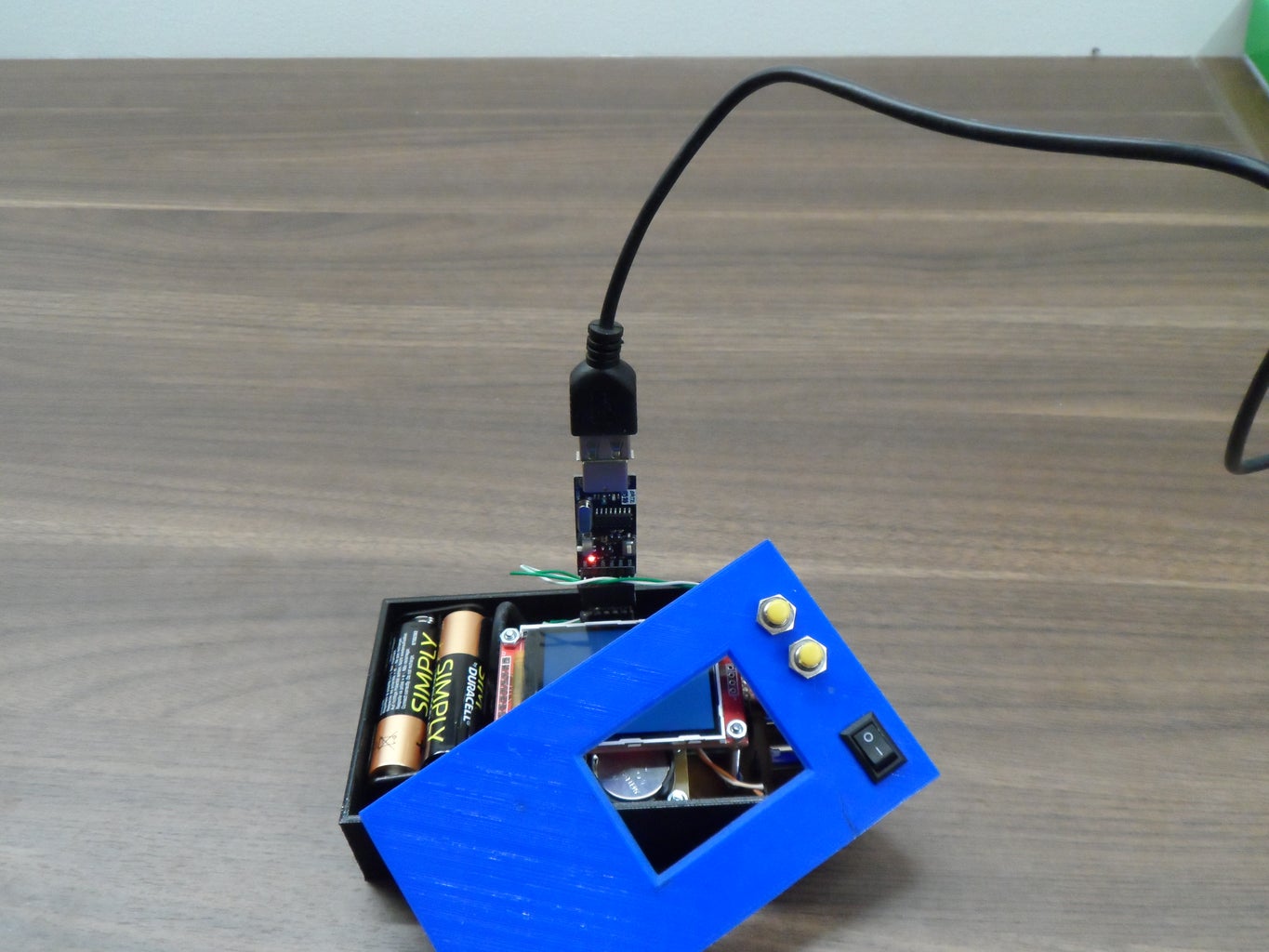DIY Arduino Heart Rate Monitor Sensor Project with OLED Circuit Diagram
DIY Arduino Heart Rate Monitor Sensor Project with OLED Circuit Diagram This is version 2 of the Heartbeats monitoring system. While in version1 of the heartbeats monitoring system I explained how you can get the stable BPM values, in which I practically demonstrated how the BPM values changes when we start breathing fast and slow. In version1 of the heartbeats monitoring system, I also explained under what While we progress with that, in this session, we will build a wearable Arduino heart rate monitor to measure the heart rate of a remote patient. Step 1: Components Required The following are the components required to build your Wearable Arduino based Heart Monitoring System

DIY Heart Rate Monitor (logger): In this project I will show you how a commercial smartwatch measures and monitors your heart rate and afterwards I will show you how to create a DIY circuit that can basically do the same with the addition that it can also store the heart rate data … Building a Heart Rate Monitor with Arduino. A heart rate monitor is a key component of any IoT-based health monitoring system. By Buying a heart rate sensor Arduino and a compatible board, you can create a simple yet reliable heart rate monitoring device. Components Needed: Arduino UNO R4 WiFi (or other compatible Arduino boards)

Heartbeat Monitoring System with ADS1115 & Raspberry Pi 4 Circuit Diagram
Introduction. A heart rate monitor is a device that measures your heart rate, or pulse, usually in beats per minute (BPM).There are many different types of heart rate monitors. Some, called electrocardiogram machines (abbreviated ECG or EKG), measure your pulse and detect other information from electrical signals from the heart using electrodes placed on the body. In today's tutorial, we'll design a heart rate monitor to keep tabs on a patient's heart rate, using. Pulse Rate Sensor and Raspberry Pi. We will display the data(ECG graph) in the Processing IDE. Components Required. Here is all, you'll need to put together a Raspberry Pi-based patient monitoring system yourself: Raspberry Pi 4; Pulse Sensor This project involves developing a Heart Rate Monitoring Device using an Arduino UNO, an analog heart rate sensor, an OLED screen, an HC-05 Bluetooth module, a piezo buzzer, a vibration motor, and an LED.The system continuously monitors heart rate and displays it on an OLED screen. Additionally, it transmits the heart rate data to a smartphone app via Bluetooth for remote monitoring with a

Real-Time Monitoring and Alerts:The Arduino sends the processed data to the Blink app via its WiFi capabilities.The Blink app provides real-time monitoring of health metrics, enabling remote observation.If any health parameters fall outside of predefined thresholds (e.g., abnormally high heart rate or low SpO2), the system can trigger alerts to
